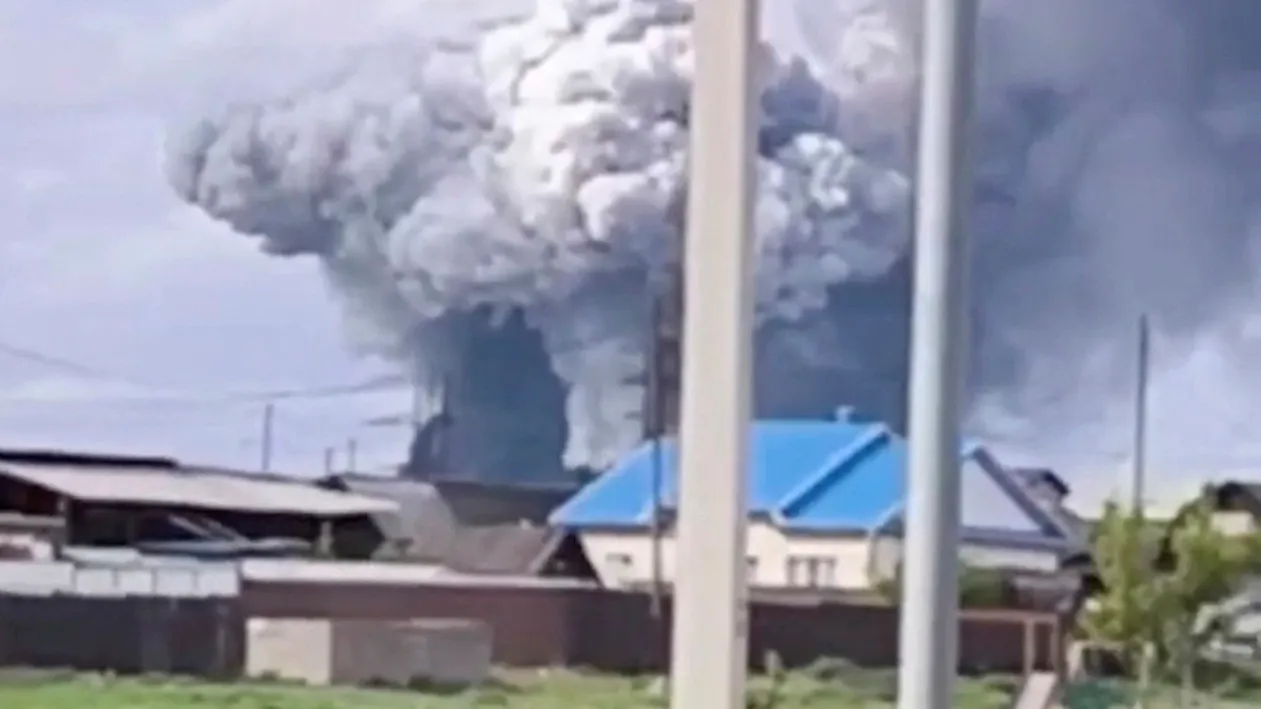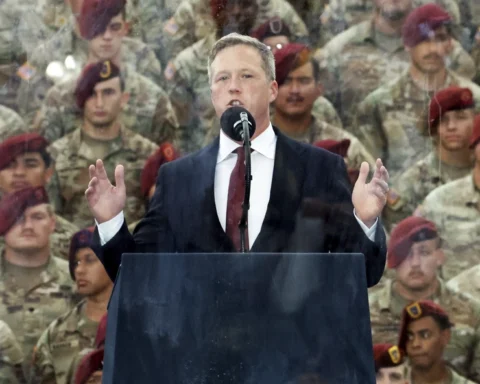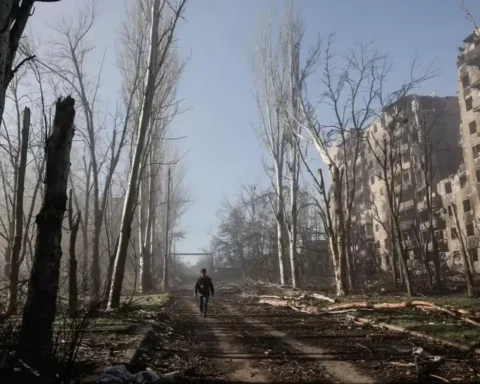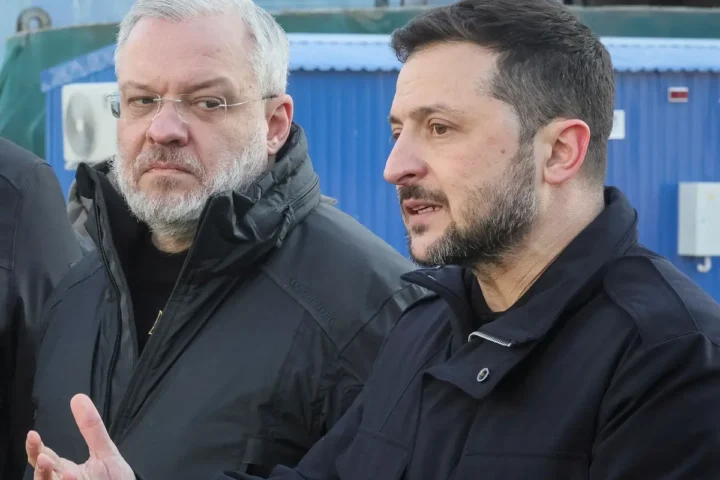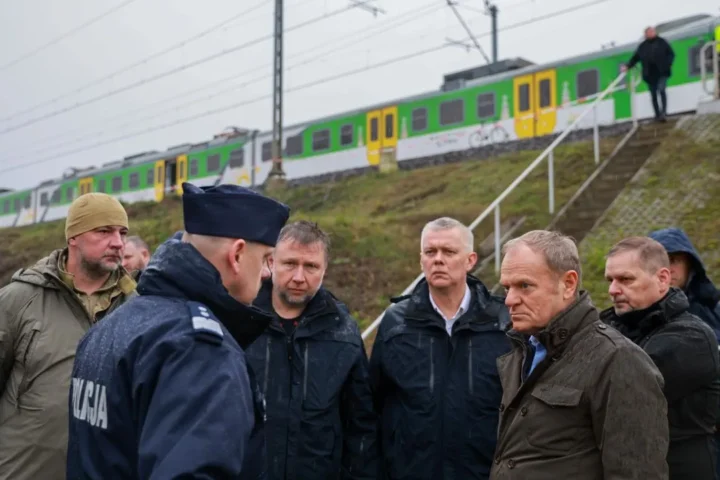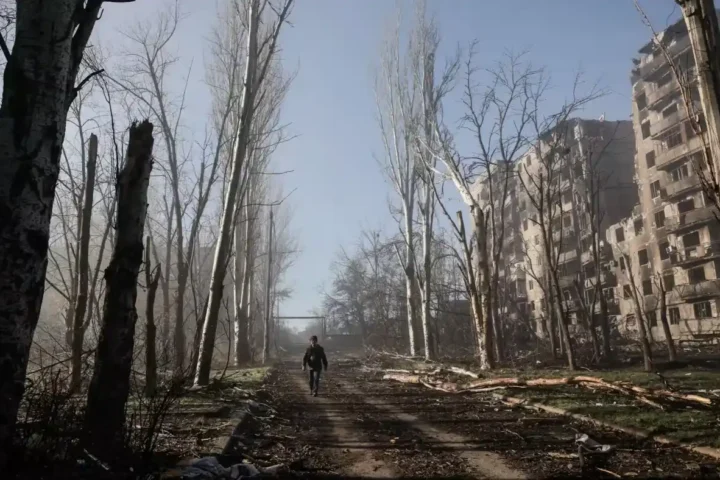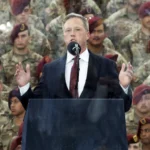In a bold and highly coordinated operation on Sunday, Ukraine launched a series of drone strikes targeting strategic Russian airbases deep inside enemy territory — including facilities housing long-range bombers capable of carrying nuclear weapons. According to an anonymous source within Ukraine’s Security Service (SBU), the attacks resulted in damage to more than 40 aircraft, marking one of Kyiv’s most ambitious assaults on Russian military infrastructure since the war began.
The targets included the Belaya Air Base in Eastern Siberia — a remote but crucial hub for Russia’s strategic aviation. The Ukrainian operation appears to have been a direct response to what Bloomberg described as “one of the longest sustained barrages of Russian drones and missiles on Kyiv” in recent months.
Among the aircraft reportedly damaged were Tu-95 and Tu-22M3 bombers — both capable of delivering conventional and nuclear payloads — as well as a rare A-50 airborne early warning and control aircraft. The total losses from the strike are estimated at roughly $2 billion, according to the Ukrainian security official who spoke on condition of anonymity due to the sensitive nature of the information.
Vasyl Maliuk, the head of Ukraine’s Security Service, is said to have personally overseen the mission. While Ukrainian officials have not made a formal public announcement, the scale and precision of the strikes suggest high-level planning and long-range drone capabilities.
The first official confirmation came from the governor of Russia’s Irkutsk region, Igor Kobzev, who reported via Telegram that a military installation near the settlement of Sredniy had come under drone attack. Sredniy is situated approximately 5,190 kilometers (3,220 miles) from Moscow and lies adjacent to the Belaya Air Base. However, Kobzev refrained from providing specific details about the extent of the damage.
Meanwhile, Russian Telegram channels — often used for unofficial updates and speculation — posted unverified reports suggesting additional drone attacks in the vicinity of Olenegorsk, a city located nearly 1,840 kilometers from Moscow. Olenegorsk is home to the Olenya Air Base, another key strategic site known for housing long-range bombers and military aircraft.
If confirmed, these coordinated strikes represent a significant escalation in Ukraine’s ability to hit high-value targets far behind Russian lines. The depth of the strike zones — especially in Siberia — underscores Ukraine’s evolving drone technology and intelligence capabilities. It also sends a clear signal to Moscow: no location, no matter how remote, is beyond reach.
As Ukraine continues to absorb repeated aerial assaults on its capital and other cities, the latest operation illustrates a new phase of asymmetric retaliation — striking at the heart of Russia’s strategic deterrent forces. According to Bloomberg, the Ukrainian campaign “targets the psychological and logistical backbone of Russia’s long-range warfare capabilities.”
These developments mark a turning point in the conflict’s air dimension, as the battlefield shifts from trench lines to long-range drone warfare — a space where Ukraine seems increasingly willing, and able, to play offense.


